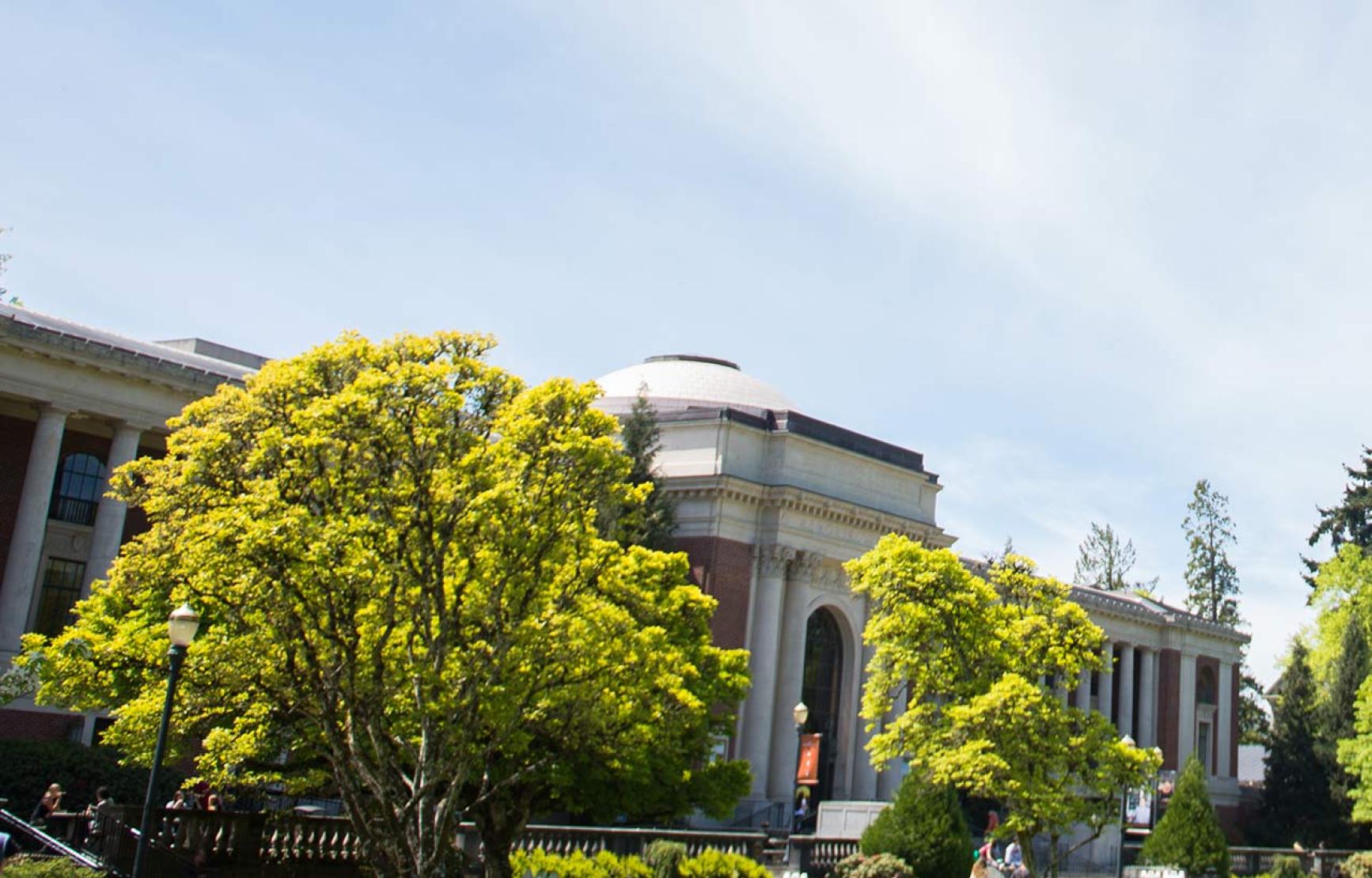Join us for an upcoming seminar featuring mathematics faculty and invited speakers on one of our seven research topics. You may also see upcoming seminars by topic:
Rowing, waving, and worms: using computational methods to study how natural variation affects swimming performance in Tomopteridae
Speaker: Nick Battista
The ocean is home to an incredible diversity of animals of many shapes and sizes. Living life in a water-based environment presents unique challenges that vary based on the size and shape of each organism. Animals have evolved a variety of morphological structures, locomotor mechanisms, and swimming strategies that help reduce their energy expenditure by favoring more energetically efficient modes. Comprehensive studies that consider multiple morphological and kinematics traits and their influence on swimming performance are needed to investigate these differing strategies. Computational modeling gives us a tool to glean insight into how morphological or kinematics variation affects performance across different scales. For example, validated models can be used to thoroughly explore how varying multiple traits affects performance, where conducting an empirical study may be unrealistic due to finding enough organisms to test across the landscape of multiple traits. In addition, models… Read more.
